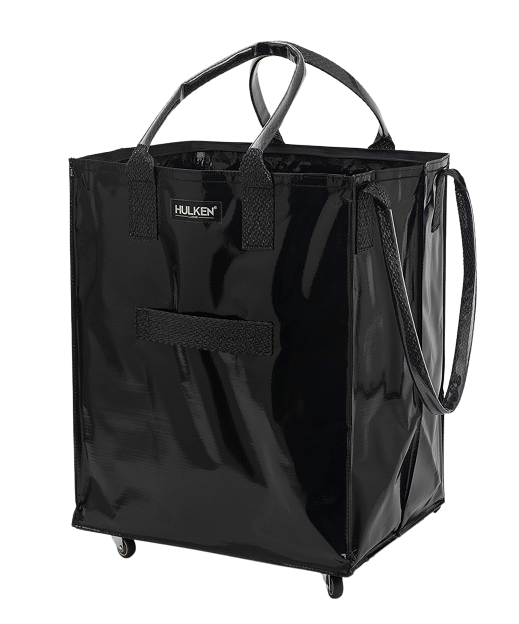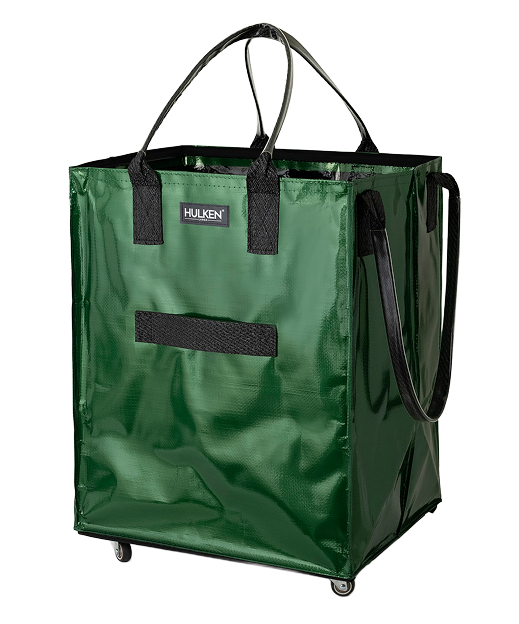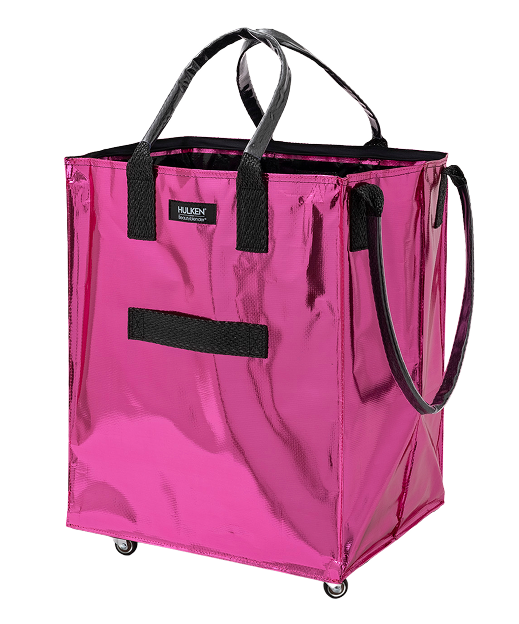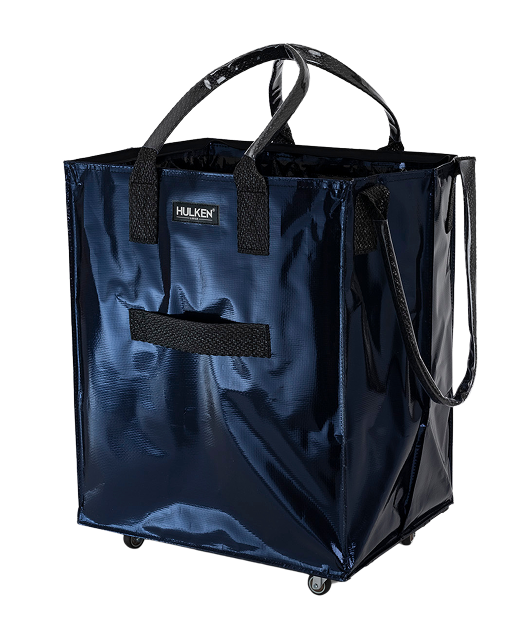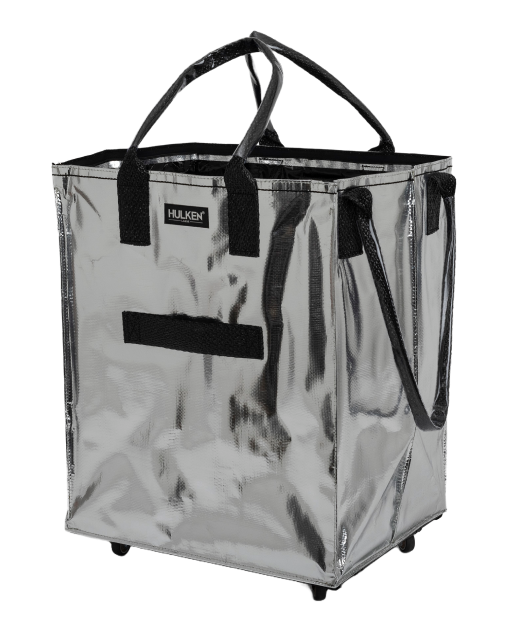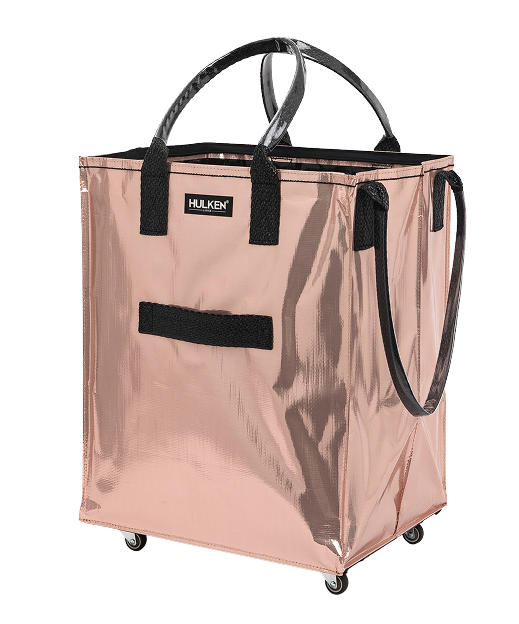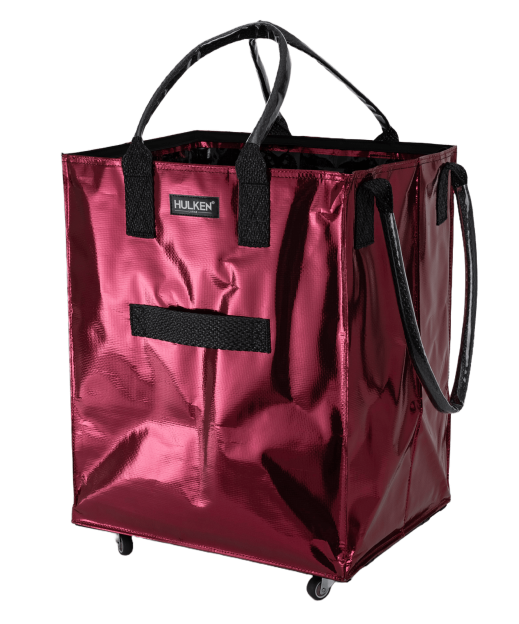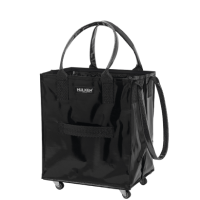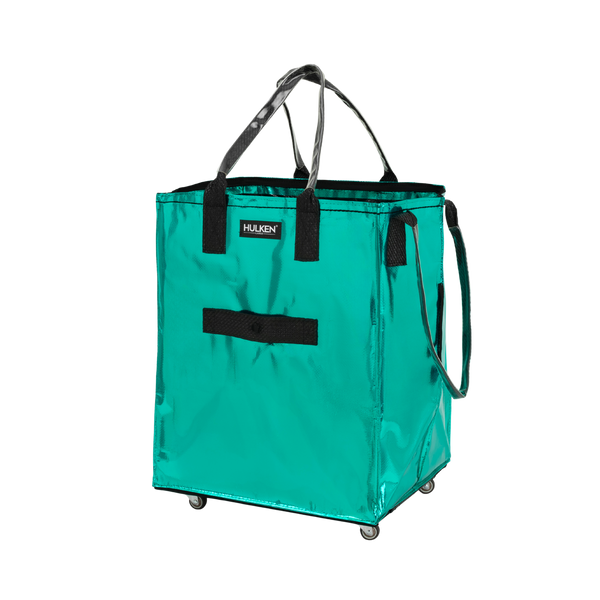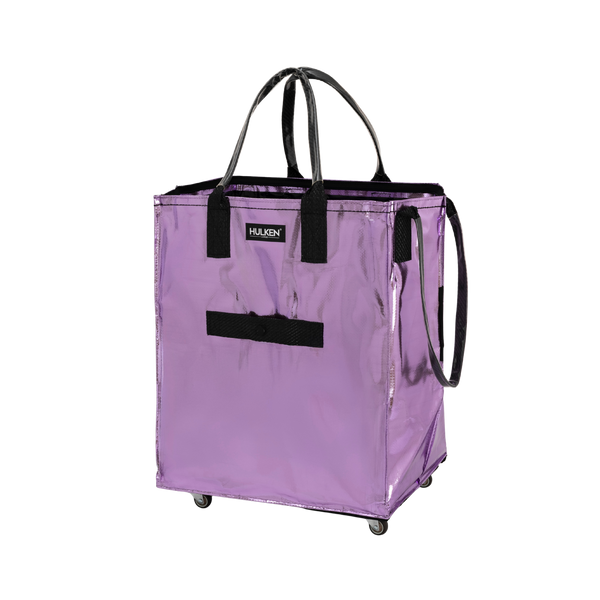We're all caught in this crazy tug-of-war these days - packed itineraries versus meaningful experiences. That's where slow travel comes in - it's not just another travel trend, but a complete shift in how we see the world. In a time when everyone's burned out, tourist spots are packed shoulder-to-shoulder, and we're all trying to be more eco-conscious, slow travel feels like a breath of fresh air. It's about taking your time, digging deeper instead of racing through, connecting rather than consuming, and choosing sustainability over convenience.
What is Slow Travel and Why Does It Matter?
Slow travel isn't just about how you move around - it's a complete mindset shift. At its heart, it means spending weeks instead of days in places, really getting to know the local culture, people, and rhythms. Instead of rushing from one Instagram spot to the next, you're having long conversations with locals, browsing farmers markets, becoming a regular at neighborhood cafés, and figuring out public transportation like a pro.

This whole movement has roots in the slow food revolution back in the '80s, when people started pushing back against the McDonaldization of everything. Travelers got tired of those "10 countries in 7 days" tours and started settling into places for longer stretches, often choosing smaller towns or visiting cities during off-season.
When you travel slowly, everyone wins. You come away with a deeper understanding, richer memories, and way less stress. Local economies benefit too, since your money spreads to less-visited areas and supports small businesses for longer periods.
Whether you're holing up in a little Tuscan village for a couple of weeks or meandering along Portugal's coast by train for a month, slow travel leaves room for those unplanned moments that often become the best stories.
The Psychology Behind Slow Travel Success
There's real science behind why slowing down feels so good. That checklist-style vacation where you're racing from the Eiffel Tower to the Louvre to Notre Dame all before lunch? It causes something called decision fatigue - your brain literally gets exhausted from making too many choices. When every day is crammed with sights and logistics, your mind can't process or enjoy what you're experiencing.
Slow travel flips this completely. Research shows that travelers who linger in one place report feeling happier, calmer, and more appreciative of local culture. It's like your brain finally gets permission to settle in and notice details.
There's a physical component too - rushing around keeps your stress hormones pumping. When you're not constantly checking your watch or navigating new transportation systems, your body relaxes into a more restorative state. This helps fight travel anxiety and gives you that genuine sense of getting away that we're all chasing.
Even how you move around becomes meaningful - walking through neighborhoods or taking scenic train rides becomes almost meditative. So many slow travelers talk about how the approach creates space for both connection and reflection. It's not about checking things off a list; it's about feeling more.
Essential Slow Travel Planning Strategies
Contrary to what you might think, slow travel doesn't mean zero planning. Good preparation actually creates the flexible framework that makes slow travel so rewarding.
First, pick places where you can afford to stay awhile. Countries with lower living costs, decent public transportation, and friendly locals - think Mexico, Portugal, or parts of Southeast Asia - are perfect starting points.
Your budget needs a different approach too. Instead of planning for daily splurges, think weekly or monthly. Cooking most meals at your rental, getting a local SIM card, and booking longer stays can save you serious cash and reduce those unwelcome financial surprises.
For getting around, choose overland options whenever possible. Trains, ferries, and buses let you experience the journey itself, not just the endpoints. Cutting down on flights is better for the planet and keeps your schedule more relaxed.
As for accommodations, look beyond hotels. Apartment rentals, family-run guesthouses, or co-living spaces help you connect with locals and other travelers. If you're working remotely, make sure your place has a decent kitchen and somewhere you can set up a laptop without hunching over a bed.
How to Select a Bag for Slow Travel
Your bag becomes your sidekick when traveling slowly. Choose poorly, and every move feels like a chore. Choose well, and you gain freedom and comfort.
For longer trips, a quality rolling bag often beats a backpack, especially when you're navigating city streets or old towns with cobblestones. A good bag should reduce physical strain and adapt to different scenarios, whether you're walking a mile to a new Airbnb or hopping on a regional train.
Look for lightweight, foldable options with simple, spacious designs. Extra points if it fits under train seats or in overhead bins. You want something versatile enough to carry groceries one day and work stuff the next.
Durability is non-negotiable. A rolling tote that can handle rain, maintain its shape when full, and roll over various surfaces will quickly become your most treasured travel companion.
Overcoming Common Slow Travel Challenges
Let's be real - slow travel isn't always picture-perfect. One of the biggest hurdles is FOMO, especially when your Instagram feed is full of friends hitting every "must-see" spot. Remember: the goal isn't seeing everything, but experiencing deeply.

If you're working remotely, productivity can be challenging. Find places with reliable Wi-Fi and somewhere quiet to work and pack your electronics safely. Create a flexible routine that balances work time with exploration and rest.
Perhaps hardest of all is breaking free from our fast-paced mindset. Start small - maybe a 10-day stay in one town instead of bouncing around. Over time, you'll develop habits that support a more intentional approach to travel.
How Hulken Rolling Tote Bags and Backpacks Enhance Your Slow Travel Experience
Hulken rolling tote bags and now backpacks are built for practical, comfortable, and sustainable slow travel. They fit seamlessly into your daily routines, whether you're unpacking groceries in your rental kitchen or browsing a local market.

They come in Small (14x8x18"), Medium (16x12x20"), and Large (20x16x24"), so you can carry everything from fresh produce to your work essentials. These bags fold up when not in use, resist water, and handle heavy loads without straining your body - perfect companions for travelers who value simplicity and versatility.
Real travelers use them for everything from mobile office setups to farmers market hauls to photography gear. The minimal, open interior gives you complete freedom to pack however works best for you.
With colors ranging from Forest Green to Beautyblender Pink and Cosmic Red, you can travel practically without looking boring. Plus, using one durable, multi-purpose bag helps cut down on waste and supports a more eco-friendly travel style. Explore the entire range at the Hulken online store or get yours from the Hulken Amazon storefront today.

